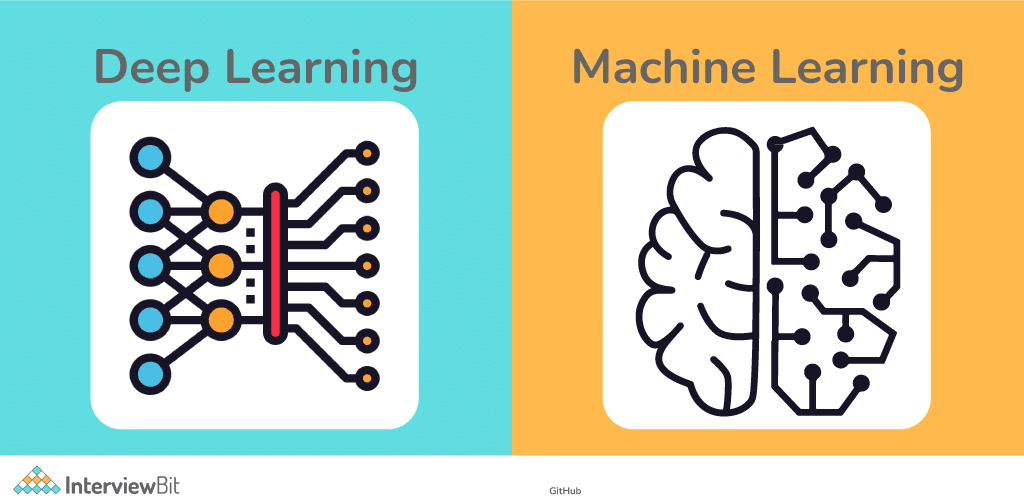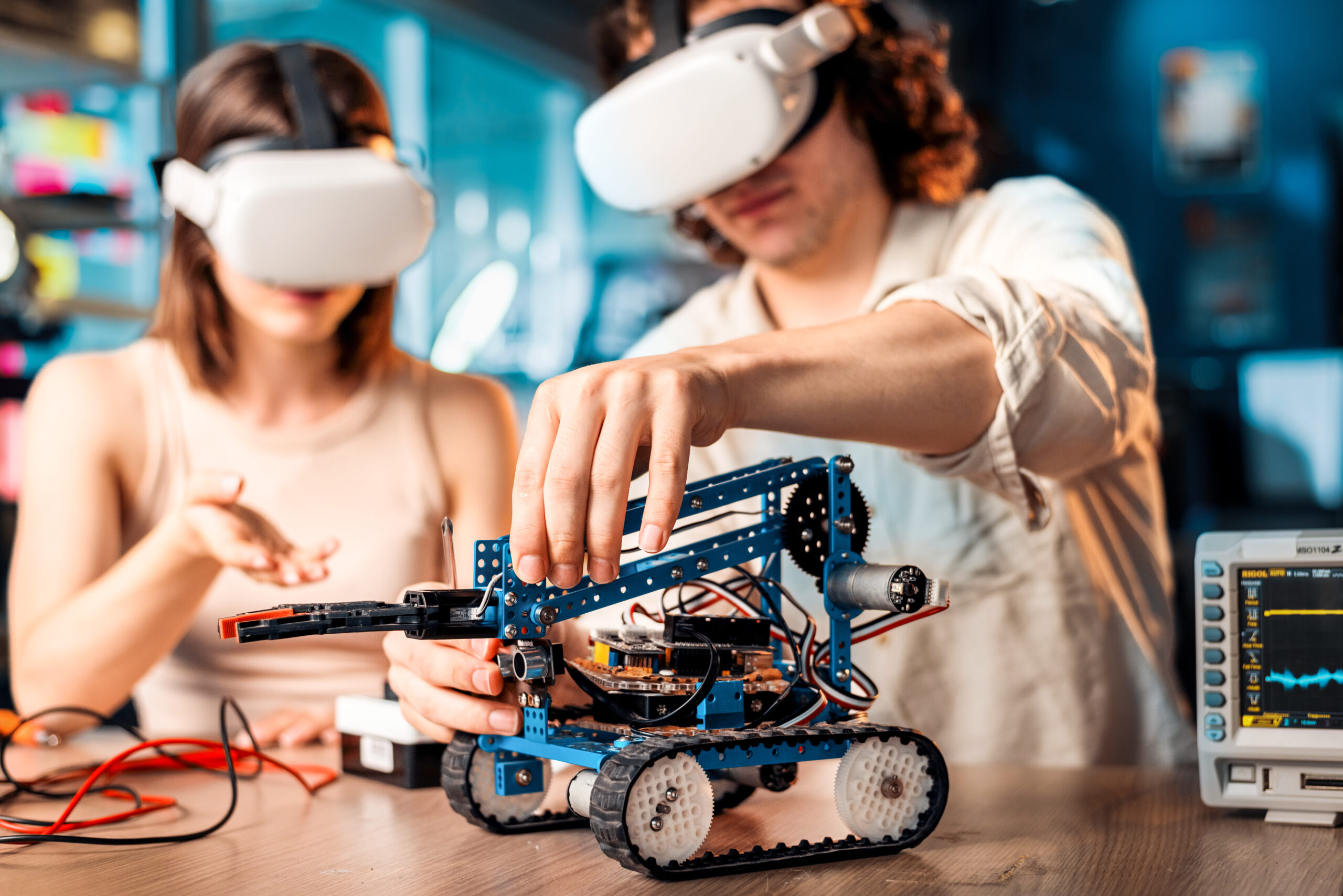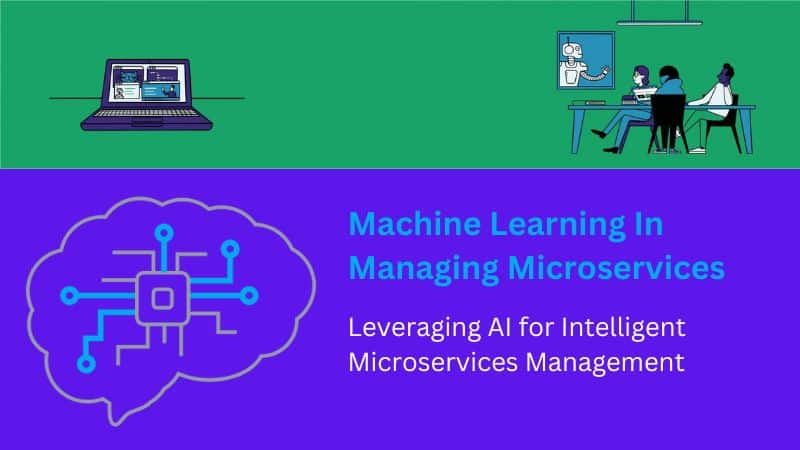Introduction to Machine Learning and Deep Learning
In today’s world, where data is abundant and technology is advancing at an unprecedented rate, machine learning and deep learning have emerged as two powerful tools in the field of artificial intelligence. While both are branches of AI, they differ in their approach and capabilities. This article aims to shed light on the difference between machine learning and deep learning, exploring their fundamentals, applications, advantages, limitations, and the future they hold.
Understanding the Basics of Machine Learning
Machine learning is a subset of artificial intelligence that focuses on developing algorithms and models that enable computers to learn from and make predictions or decisions based on data, without being explicitly programmed. It involves the use of statistical techniques to train models on historical data and then use these models to make predictions or classify new data.
One of the key aspects of machine learning is the concept of supervised learning, where the models are trained on labeled data, with known inputs and outputs. This allows the models to learn patterns and relationships in the data, and make predictions on new, unseen data. Another important concept in machine learning is unsupervised learning, where the models are trained on unlabeled data, and discover patterns and relationships on their own.
Exploring the Fundamentals of Deep Learning
Deep learning, on the other hand, is a subset of machine learning that focuses on developing artificial neural networks inspired by the structure and function of the human brain. These neural networks, also known as deep neural networks, are composed of multiple layers of interconnected nodes, called neurons, that process and transform data.
The key difference between deep learning and traditional machine learning is the ability of deep neural networks to automatically learn hierarchical representations of data. This means that the neural networks can learn multiple levels of abstraction, allowing them to extract complex features from raw data. Deep learning has revolutionized fields such as computer vision and natural language processing, enabling machines to recognize images, understand speech, and even generate human-like text.

Key Differences between Machine Learning and Deep Learning
While both machine learning and deep learning are used to make predictions or decisions based on data, there are several key differences between the two approaches. One of the main differences is the level of abstraction and complexity that can be achieved. Machine learning algorithms typically rely on hand-engineered features, which are predefined by human experts. In contrast, deep learning algorithms automatically learn features from the data, eliminating the need for manual feature engineering.
Another difference is the amount of training data required. Machine learning algorithms typically require a moderate amount of labeled training data to achieve good performance. Deep learning algorithms, on the other hand, often require a large amount of labeled data to train the deep neural networks effectively. This can be a limiting factor in domains where labeled data is scarce or expensive to obtain.
Applications of Machine Learning
Machine learning has found numerous applications across various industries. In healthcare, machine learning algorithms are used to predict diseases, assist in diagnosis, and recommend treatment plans. In finance, machine learning is used for credit scoring, fraud detection, and algorithmic trading. In marketing, machine learning is used for customer segmentation, personalized recommendations, and churn prediction. The applications of machine learning are vast and continue to grow as more data becomes available.
Applications of Deep Learning
Deep learning has revolutionized fields such as computer vision, natural language processing, and speech recognition. In computer vision, deep learning algorithms are used for image classification, object detection, and image synthesis. In natural language processing, deep learning is used for language translation, sentiment analysis, and chatbots. In speech recognition, deep learning algorithms are used to convert spoken language into written text. The applications of deep learning are expanding rapidly, with new breakthroughs being made in areas such as self-driving cars and robotics.
Advantages and Limitations of Machine Learning
Machine learning offers several advantages, including the ability to automate complex tasks, make accurate predictions, and discover patterns in large datasets. It has proven to be effective in solving a wide range of problems and has become an essential tool in many industries. However, machine learning also has its limitations. It relies heavily on the quality and quantity of training data, and its performance may degrade if the data is biased or incomplete. Machine learning models can also be difficult to interpret, making it challenging to understand why a particular prediction or decision was made.
Advantages and Limitations of Deep Learning
It can automatically learn complex features from raw data, eliminating the need for manual feature engineering. Deep learning models can also scale to handle large and diverse datasets, making them suitable for big data applications. However, deep learning also has its limitations. It requires a large amount of labeled training data, which can be challenging to obtain in certain domains. Deep learning models are also computationally expensive to train and require powerful hardware, limiting their accessibility to smaller organizations or individuals.
The Future of Machine Learning and Deep Learning
As the field of AI continues to advance, both machine learning and deep learning are expected to play a significant role in shaping the future. Machine learning algorithms will continue to be used for a wide range of applications, with advancements in areas such as reinforcement learning and transfer learning. Deep learning, on the other hand, will continue to push the boundaries of what machines can learn and achieve. Researchers are exploring new architectures, training techniques, and applications for deep neural networks.
The future of machine learning and deep learning holds immense potential for innovation and transformation across industries. As algorithms become more sophisticated and computational power increases, we can expect to see more intelligent systems that can understand, reason, and learn from complex data. However, ethical considerations, such as privacy and bias, will need to be addressed to ensure the responsible and ethical use of these technologies.
Conclusion
In conclusion, machine learning and deep learning are two powerful branches of artificial intelligence that have revolutionized the way we approach complex tasks and make predictions based on data. While machine learning focuses on developing algorithms that learn from data, deep learning takes inspiration from the human brain to build artificial neural networks that can learn complex patterns and representations. Both approaches have their advantages and limitations, and their applications span across various industries. The future of machine learning and deep learning looks promising, with advancements in algorithms, hardware, and applications. As we move forward, it is crucial to ensure the responsible and ethical use of these technologies to harness their full potential for the benefit of society.




Optimize Your Farm’s Water Management with Bwer Pipes: Bwer Pipes offers a comprehensive range of irrigation solutions designed to help Iraqi farmers maximize water efficiency. Our reliable sprinkler systems and durable pipes ensure uniform water distribution, promoting healthier crops and sustainable farming practices. Explore Bwer Pipes
Thank you for the auspicious writeup It in fact was a amusement account it Look advanced to more added agreeable from you By the way how could we communicate
I enjoy your website, obviously, but you should check the spelling on a number of your posts. A number of them have numerous spelling errors, which makes it difficult for me to tell the truth, but I will definitely return.
obviously like your website but you need to test the spelling on quite a few of your posts Several of them are rife with spelling problems and I to find it very troublesome to inform the reality on the other hand Ill certainly come back again